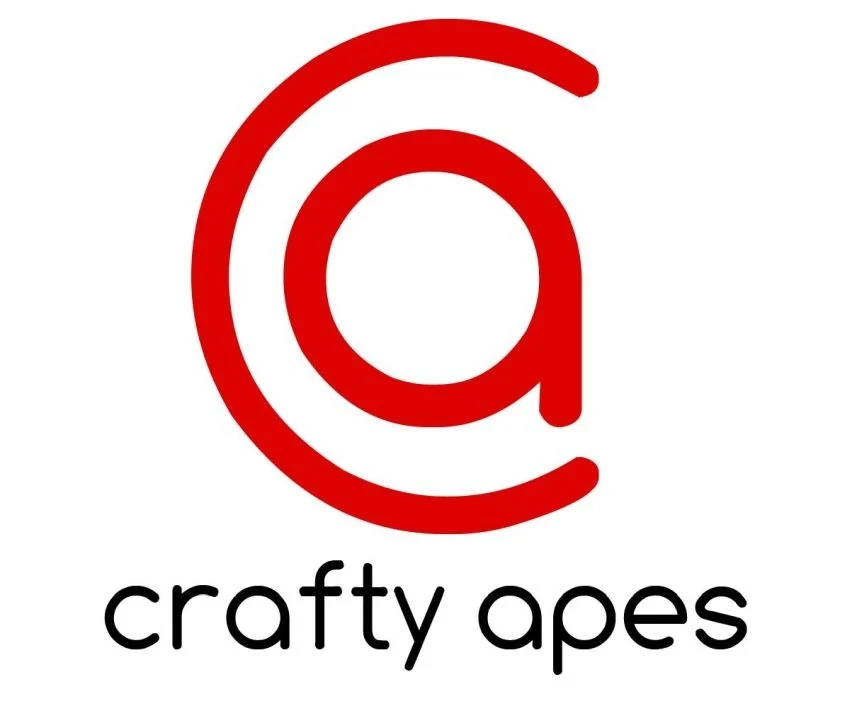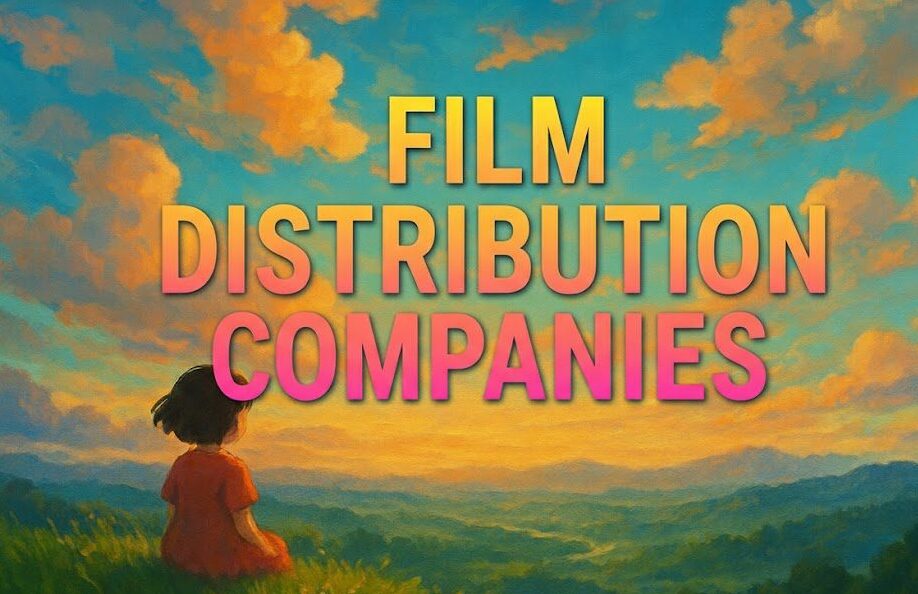Introduction
Let’s be honest. Investing in film sounds glamorous. You picture red carpets, blockbuster premieres, and massive returns. But you and I both know the reality can be brutal. The media and entertainment industry is notoriously opaque, and for every success story, there are countless projects that never see the light of day, taking investor capital with them.
The global entertainment market is projected to surpass $3 trillion by 2026. The money is there. The demand for content from streaming giants and global audiences has never been higher. So, how do you tap into these lucrative film investment opportunities without getting burned?
It’s about shifting from speculative gambling to data-driven decision-making. You need a process, a framework to identify, vet, and manage your investments.
In this post, I’m going to walk you through my 5-step process for finding and evaluating film investment opportunities in 2025, designed specifically for savvy financiers like you.
Key Takeaways
| Strategy | Actionable Insight | Key Benefit |
|---|---|---|
| Understand Modern Financing | Focus on co-productions, slate financing, and gap financing over single-project equity. | Spreads risk and opens doors to tax incentives. |
| Target High-Growth Markets | Look beyond Hollywood to markets like South Korea, India, and Eastern Europe for higher ROI potential. | Diversifies your portfolio and captures emerging audience growth. |
| Leverage Data for Due Diligence | Use platforms to analyze a production team’s track record, budget accuracy, and distribution plan. | Dramatically reduces the risk of backing an inexperienced or unreliable team. |
| Focus on Distribution | Prioritize projects with clear, pre-existing distribution interest or a solid VOD strategy. | Ensures a clear path to revenue generation from day one. |
| Mitigate Risk Systematically | Use completion bonds and scout for generous, reliable tax credits to protect your capital. | Safeguards your investment against production delays and budget overruns. |
Navigating the Complexities of Global Film Distribution?

Step 1: Master Modern Film Financing Models
Gone are the days of simply writing a check for a single film and hoping for the best. The smartest investors now use sophisticated structures to spread risk and maximize upside. You need to know these inside and out.
Forget putting all your eggs in one basket. Here’s what’s working now:
- Slate Financing: Instead of backing one film, you invest in a “slate” of multiple projects from a production company. This diversification means one blockbuster can cover the losses of others, smoothing out your returns.
- Co-Productions: This is a huge opportunity. Partnering with production companies in other countries unlocks access to international tax credits, government grants, and new audiences. It’s a powerful way to leverage other people’s money to enhance your investment.
- Gap and Mezzanine Debt: This is a more conservative play. You provide a loan to cover the final “gap” in a film’s budget, secured against the film’s assets (like distribution rights or tax credits). It offers a fixed return and is lower risk than an equity investment.
Understanding which model fits your risk tolerance is the first step toward building a sustainable film investment portfolio.
Step 2: Identify High-Growth Global Markets
Hollywood is still a powerhouse, but it’s also a saturated and highly competitive market. The real growth in film investment opportunities is happening globally. Streaming services need a constant firehose of local-language content, and governments are offering incredible incentives to attract foreign capital.
Where to Look in 2025
Your due diligence should include a deep dive into these regions:
- South Korea: The “K-wave” is a global phenomenon. With a reputation for high-quality production and a massive global fanbase, Korean content offers explosive ROI potential.
- India (Bollywood & Regional): The sheer volume of content and a massive, movie-loving domestic audience make it a fascinating market. Co-productions focusing on stories with global appeal are a smart entry point.
- Eastern Europe: Countries like Hungary and the Czech Republic offer world-class crews, advanced studio infrastructure, and some of the most generous production rebates in the world (often 25-30%).
- Canada: A long-standing and reliable hub for production, Canada offers stable and highly attractive federal and provincial tax credits, making it a lower-risk environment for US-based productions.
To find reliable partners and projects in these markets, you need a global lens. That’s where having a trusted data source becomes critical. You can explore a universe of global content partners and projects through platforms designed for the entertainment supply chain.
To get a sense of what’s in production and where, check out Vitrina’s Project Tracker, which follows thousands of film and TV projects from development to release.
Step 3: Conduct Ironclad Due Diligence with Data
Emotion and hype are the enemies of a good investment. A compelling script or a famous actor attached to a project means nothing if the team can’t execute. You have to look past the sizzle and analyze the steak.
Here’s your due diligence checklist:
The Team’s Track Record: Don’t just take their word for it. Verify their past projects. Did they finish on time and on budget? What was the commercial performance? A platform that vets company histories is invaluable here.
The Budget: Scrutinize every line item. Is it realistic? Are the crew rates standard for the production location? Have they included a contingency (usually 10%)? Over-optimistic budgets are a massive red flag.
– The Chain of Title: Ensure the production company has the undisputed legal rights to the script, story, and any underlying intellectual property. Any ambiguity here can lead to legal nightmares that will sink a project.
- The Distribution Plan: A plan that says “We’ll get a deal at Sundance” is not a plan. Look for tangible interest from sales agents or distribution companies.
Want to Connect Your Film with the Right Audience Worldwide?

Step 4: Prioritize a Clear Path to Distribution
A film doesn’t make money until an audience sees it. Period. The single biggest mistake I see investors make is backing a project with no clear, viable distribution strategy.
You need to ask the tough questions upfront:
- Who is the target audience? Be specific. “Everyone” is not an answer.
- What is the distribution model? Is it a traditional theatrical release? A direct-to-streaming deal? A hybrid model?
- Are there any pre-sales? Selling distribution rights to foreign territories before production even begins is a powerful way to de-risk the project. It’s a vote of confidence from the market.
- What is the P&A (Prints & Advertising) budget? A film can’t market itself. If there’s no money allocated to marketing, even a great film will fail.
Finding the right partners, from production to post-production and distribution, is the key. You need a way to identify companies with a proven track record. This is where a comprehensive database can be a game-changer, helping you discover and vet potential partners.
Vitrina’s marketplace solution provides just that, connecting you with verified vendors across the entire content supply chain.
Step 5: Build Your Risk Mitigation Strategy
Finally, let’s talk about protecting your capital. Film investing will always carry risk, but you can build a safety net to protect against the most common pitfalls.
| Risk Mitigation Tool | What It Does |
|---|---|
| Completion Bond | This is a form of insurance that guarantees the film will be completed and delivered on time and on budget. If the producer fails, the bond company steps in to finish the film. For any major investment, this is non-negotiable. |
| Tax Incentives & Rebates | These are not just a bonus; they are a core part of the financing plan. A 30% rebate on qualified production spend is a 30% reduction in your net investment. You must work with experts who can ensure the production qualifies and can execute the filing process flawlessly. |
| Collection Account Management (CAM) | Use a neutral third-party account to collect all revenues from distributors. The CAM then distributes the funds to investors and stakeholders according to a pre-agreed “waterfall.” This ensures transparency and that you get paid correctly. |
How Vitrina Powers Smarter Film Investments
Navigating the complex world of global production, tax incentives, and vendor selection is the biggest challenge for financiers.
You can’t make data-driven decisions without data. Vitrina tackles this head-on by providing a dynamic, global platform that maps the entire media supply chain.
For investors, this means you can instantly find and vet potential co-production partners, check the credentials of post-production houses in Hungary, or identify sales agents with a track record of success in the Asian market.
It transforms due diligence from a manual, relationship-driven gamble into a streamlined, data-backed process, ultimately de-risking your search for valuable film investment opportunities.
Conclusion
The world of film investment is filled with opportunity, but it rewards the prepared, not the passionate. You can’t rely on gut feelings. You need a system.
By mastering modern financing models, looking at global markets, conducting ruthless due diligence, prioritizing distribution, and building a risk-mitigation toolkit, you transform yourself from a hopeful gambler into a strategic media financier.
The tools and data to make these smart decisions are finally here. You just have to use them.
What’s the first strategy you’re going to try? Let me know in the comments.
Ready to stop searching and start finding? Unlock a world of verified partners and projects. Take the guesswork out of your next investment by exploring the global content supply chain on our platform. Get started with Vitrina today!
Frequently Asked Questions
Returns vary wildly. While blockbusters can generate returns of 10x or more, many independent films struggle to break even. A well-managed, diversified portfolio of film investments, leveraging tax incentives and pre-sales, typically aims for an ROI of 20-25%. However, this is not guaranteed. The key is mitigating downside risk.
It depends on the model. Investing directly into a single film’s equity can require hundreds of thousands or even millions. However, joining a film fund or an investment slate can allow for smaller entry points, sometimes as low as $25,000 to $100,000, by pooling your capital with other investors.
Finding legitimate projects requires proactive networking and research. Attend major film markets (like Cannes, Berlin, or AFM), build relationships with established producers, and use professional platforms. A service like Vitrina helps by providing a curated and verified database of active projects and reputable companies, filtering out much of the noise.
It’s a combination, but for an investor, the most important element is the producer and the business plan. A great producer can make a good film with a modest script and cast. A bad producer can ruin a project with a brilliant script and A-list stars. The team’s ability to execute the business plan, manage the budget, and secure distribution is what ultimately protects your investment.






































